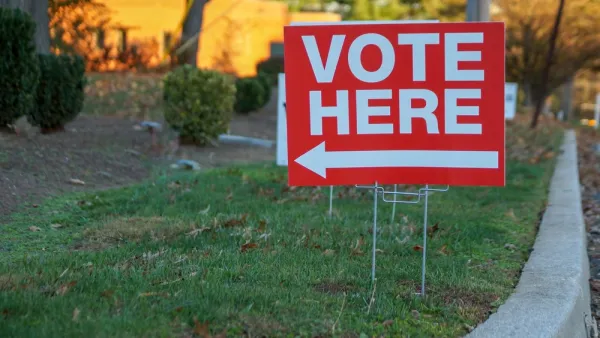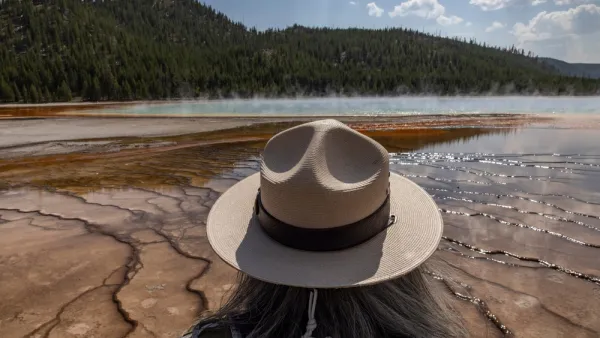None of the major presidential candidates are paying enough attention to the nation's deteriorating infrastructure, according to this article.
"Road, bridge and other important public-works infrastructure continue to age and deteriorate as Congress dithers elsewhere. Only disasters move our representatives to act - and in an election year, even those actions seem spotty at best and disingenuous at worst.
The United States has much more than failing bridges to find, fund and fix. The proposals of the remaining presidential candidates do little to inspire faith that they understand the breadth of the problem or have the political skill, will and courage to address it forthrightly.
The United States needs to spend $225 billion annually - more than twice what it does now - for the next 50 years. That's more than $11 trillion worth of fix-ups on surface transportation systems alone.
But at the moment, the only bill of significance floating through Congress is the National Infrastructure Bank Act written by Sens. Chris Dodd and Chuck Hagel. It's backed by the American Society of Civil Engineers because it "would establish an independent entity of the federal government to evaluate and finance ‘capacity-building' infrastructure projects of substantial regional and national significance [emphasis added] " The word "local" is absent from the bill, so those potholes ruining your car's suspension will just have to wait.
What about refineries, pipelines, mass transit systems, transmission lines for electricity, air traffic control, weather forecasting systems, and aging chemical and nuclear plants?
Failure to address long-standing, critical infrastructure needs is a threat to national security. But the political stances taken by the remaining presidential candidates, as evidenced by issues positions on their Web sites, do not reflect necessary urgency regarding the nation's infrastructure needs. Their positions are vague, and financial proposals offer a scant percentage of what's needed."
FULL STORY: Pols fail to comprehend breadth of infrastructure crisis

Analysis: Cybertruck Fatality Rate Far Exceeds That of Ford Pinto
The Tesla Cybertruck was recalled seven times last year.

National Parks Layoffs Will Cause Communities to Lose Billions
Thousands of essential park workers were laid off this week, just before the busy spring break season.

Retro-silient?: America’s First “Eco-burb,” The Woodlands Turns 50
A master-planned community north of Houston offers lessons on green infrastructure and resilient design, but falls short of its founder’s lofty affordability and walkability goals.

Test News Post 1
This is a summary

Analysis: Cybertruck Fatality Rate Far Exceeds That of Ford Pinto
The Tesla Cybertruck was recalled seven times last year.

Test News Headline 46
Test for the image on the front page.
Urban Design for Planners 1: Software Tools
This six-course series explores essential urban design concepts using open source software and equips planners with the tools they need to participate fully in the urban design process.
Planning for Universal Design
Learn the tools for implementing Universal Design in planning regulations.
EMC Planning Group, Inc.
Planetizen
Planetizen
Mpact (formerly Rail~Volution)
Great Falls Development Authority, Inc.
HUDs Office of Policy Development and Research
NYU Wagner Graduate School of Public Service




























